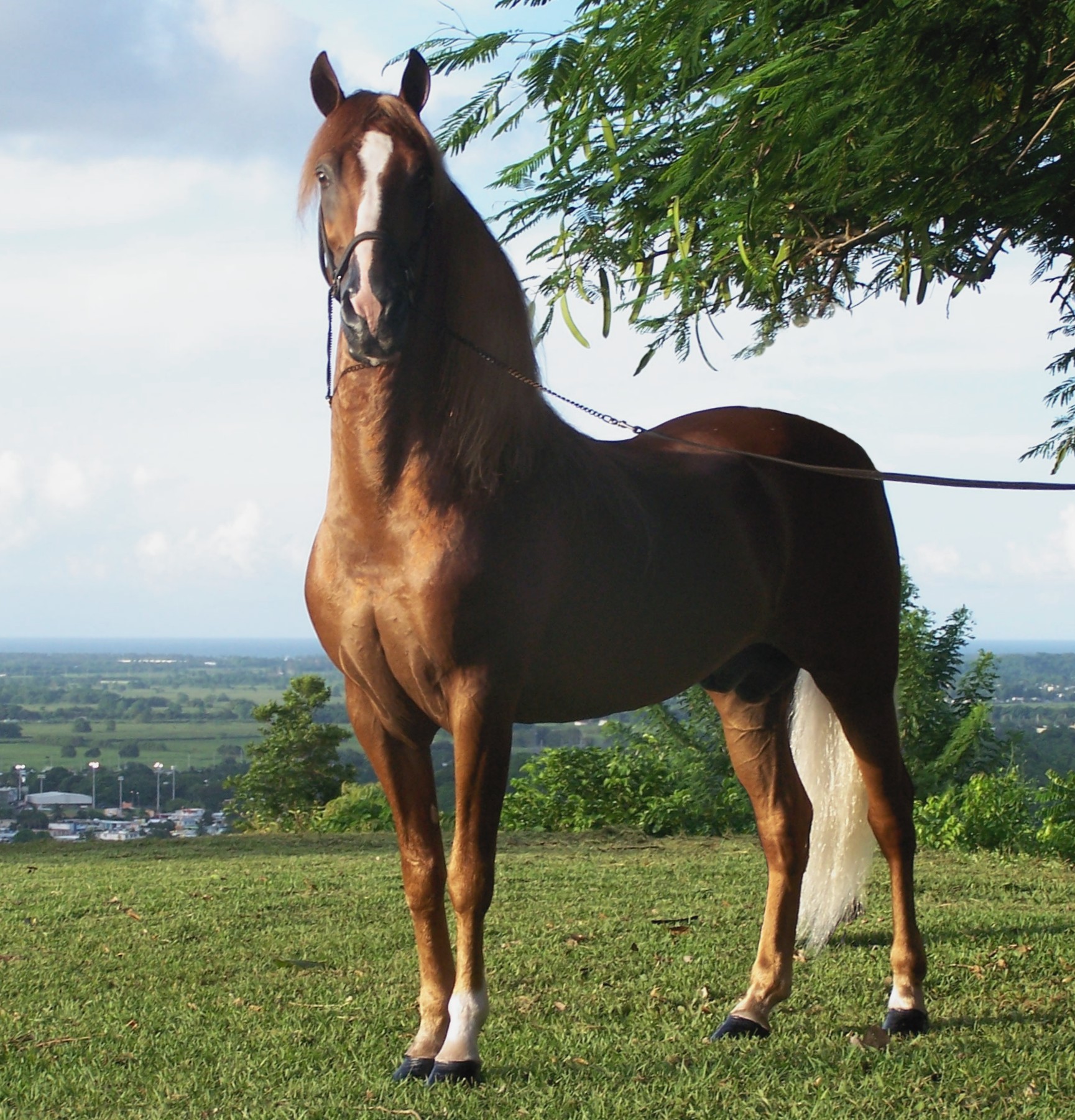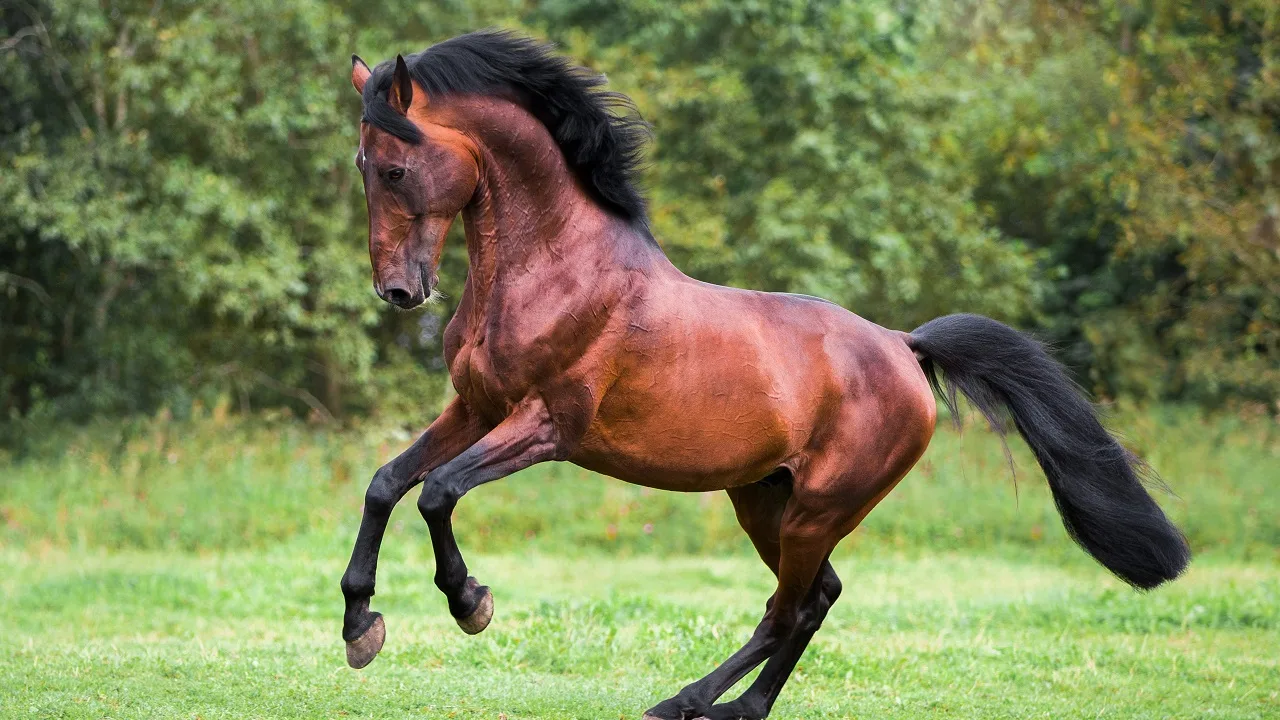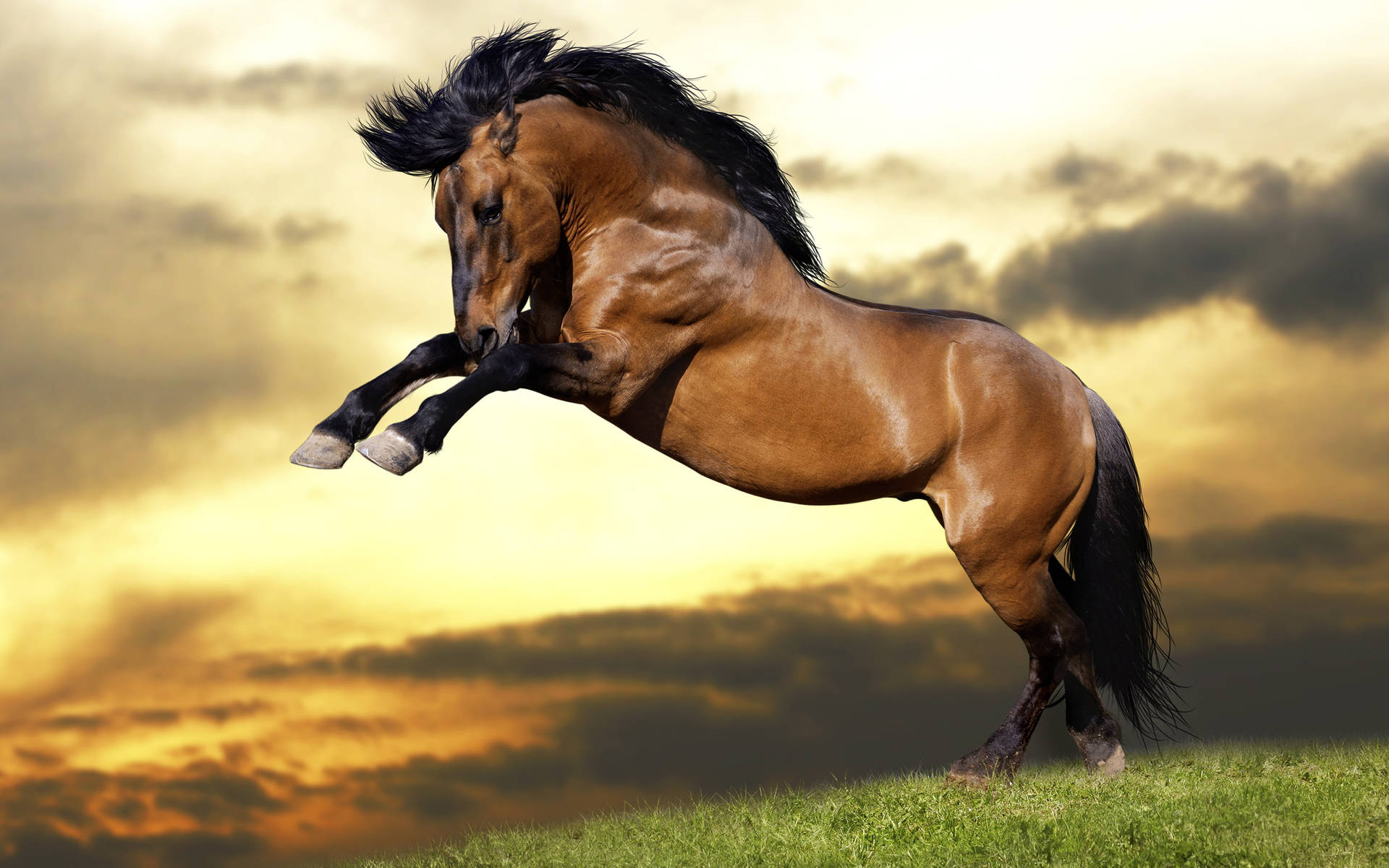The world of horses is a realm of profound connection, demanding dedication, knowledge, and an unwavering commitment to their well-being. For anyone embarking on the journey of "horse meating" – that is, engaging deeply with these magnificent creatures – understanding their intricate needs is paramount. It’s more than just riding; it’s about fostering a bond, ensuring their health, and navigating the vast landscape of equine care. This is a passion shared by countless individuals, forming a vibrant community dedicated to these animals. As one forum community dedicated to horse owners and enthusiasts puts it, "Come join the discussion about breeding, grooming, reviews, health, behavior, housing, adopting, care, classifieds, and more!" This collective wisdom is invaluable, offering insights into every facet of horse ownership.
From the subtle nuances of their behavior to the critical decisions concerning their health and environment, every aspect of horse care requires careful consideration. This article delves into the multifaceted world of equine stewardship, exploring key areas from daily maintenance and nutrition to managing health challenges and understanding the human-horse dynamic. We’ll uncover practical advice, discuss common dilemmas, and highlight the importance of continuous learning in this rewarding pursuit.
Table of Contents
- The Profound Connection: Understanding Horse Meating
- Essential Equine Health: Navigating Common Challenges
- Nutrition and Well-being: The Diet of a Champion
- Safe Havens: Bedding Choices and Environmental Safety
- Equestrian Sports and Performance: Beyond the Arena
- Innovations in Tack and Training: Enhancing Comfort
- Human Health and Horse Ownership: A Symbiotic Relationship
- Advocacy and Education: Finding Your Angle in Horse Meating
- Conclusion
The Profound Connection: Understanding Horse Meating
The relationship between humans and horses is ancient, complex, and deeply rewarding. For many, the very essence of "horse meating" lies in this profound connection—the shared moments in the stable, the exhilaration of a ride, and the quiet understanding that develops over time. It's a partnership built on trust, respect, and consistent effort. Engaging with horses goes beyond simply providing for their basic needs; it involves understanding their individual personalities, responding to their subtle cues, and continually learning how to be a better partner. This journey often begins with a simple fascination, evolving into a lifelong commitment that enriches both human and equine lives. It's a commitment that requires not just passion, but also a solid foundation of knowledge, which is why resources and community support are so vital.Building Bonds in the Equine Community
The collective knowledge and shared experiences within the equestrian world are immense. Online forums and local clubs serve as invaluable hubs for horse owners and enthusiasts alike. It's a place where questions are answered, advice is shared, and friendships are forged. For instance, a forum community dedicated to horse owners and enthusiasts proudly states, "Come join the discussion about breeding, grooming, reviews, health, behavior, housing, adopting, care, classifieds, and more!" This highlights the breadth of topics that passionate individuals discuss daily. Whether you're a seasoned professional or just starting your journey into "horse meating," these communities offer a supportive environment to learn and grow. They provide a platform to share insights on everything from the latest tack reviews to managing complex behavioral issues, ensuring that no owner feels alone in their endeavors. The shared goal is always the welfare and happiness of these magnificent animals.Essential Equine Health: Navigating Common Challenges
Maintaining a horse's health is a cornerstone of responsible ownership, forming a significant part of the "horse meating" experience. Horses, like any living creature, are susceptible to various ailments and injuries, and prompt, informed action is crucial for their recovery and long-term well-being. From routine veterinary check-ups to recognizing the subtle signs of discomfort, an owner must be vigilant. Understanding basic equine anatomy and physiology, as well as common health issues such as colic, laminitis, and various forms of lameness, empowers owners to make informed decisions and work effectively with their veterinarians and farriers. Early detection and intervention can often prevent minor issues from escalating into serious, debilitating conditions.Addressing Lameness and Recovery
Lameness is one of the most common and challenging issues horse owners face, often requiring careful diagnosis and a tailored recovery plan. It can stem from a myriad of causes, ranging from hoof problems and soft tissue injuries to joint issues. The experience of an owner dealing with a 13-year-old Off-Track Thoroughbred (OTTB) warhorse perfectly illustrates this challenge: "13 yr old ottb warhorse, came up slightly 'off' but worked out of it, Was then reshod the next day and was very obviously lame at the trot both." This scenario is all too familiar. What might seem like a minor issue can quickly become pronounced, especially after routine procedures like shoeing. This underscores the importance of a keen eye and a proactive approach. When anyone deals with something similar, the first step is often to consult with a veterinarian and an experienced farrier to identify the root cause. Recovery can involve rest, specific therapies, corrective shoeing, and a gradual return to work, all managed with patience and expert guidance.Nutrition and Well-being: The Diet of a Champion
Proper nutrition is fundamental to a horse's overall health, performance, and longevity. It's a critical component of responsible "horse meating," ensuring that these athletes and companions receive the fuel they need to thrive. A well-balanced diet, tailored to the individual horse's age, activity level, and physiological state, is essential. This typically includes high-quality forage (hay or pasture) as the primary component, supplemented with grains, concentrates, and various minerals and vitamins as required. Over-feeding or under-feeding, as well as nutritional imbalances, can lead to a host of health problems, from obesity and laminitis to deficiencies that impair performance and immunity. Consulting with an equine nutritionist or veterinarian can help design an optimal feeding program.The Importance of Balanced Salt Intake
Among the many essential nutrients, salt (sodium chloride) plays a particularly vital role in a horse's diet, especially for those in work or hot climates. Sodium and chloride are critical electrolytes involved in nerve and muscle function, fluid balance, and digestion. Ensuring adequate salt intake is straightforward but often overlooked. As one experienced owner noted, "Only sodium chloride salt for horses." While some commercial feeds include salt, many horses, especially those on pasture or in heavy work, require additional supplementation. The owner continued, "I would only use a salt lick for pastured horses that aren't fed something else to put the recommended 2 tablespoons into." This highlights a common practice: offering a salt lick freely or adding measured amounts of loose salt to feed. The method chosen depends on the horse's individual needs and the owner's feeding regimen, but the principle remains: consistent access to salt is non-negotiable for equine health.Safe Havens: Bedding Choices and Environmental Safety
Creating a safe and comfortable living environment is another crucial aspect of "horse meating." The choice of bedding in stalls, for instance, impacts not only the horse's comfort but also their respiratory health and overall safety. Common bedding materials include straw, wood shavings, and pellets, each with its own advantages and disadvantages. However, not all materials are safe, and vigilance is required to prevent accidental exposure to toxic substances. Ensuring good ventilation and regular mucking out also contribute significantly to a healthy stable environment, preventing the buildup of ammonia and dust that can irritate respiratory systems.The Peril of Poisonous Bedding Materials
One significant concern for horse owners is the inadvertent use of toxic materials as bedding. Certain types of wood, for example, can be highly poisonous to horses if ingested or even if they come into prolonged contact with the skin. A common worry revolves around hemlock: "Would hemlock shavings be poisonous to use as bedding?" This is a valid and critical question. The answer is unequivocally yes. Hemlock, particularly the Western or Eastern Hemlock species (Tsuga heterophylla and Tsuga canadensis, respectively), while often confused with the highly toxic poison hemlock plant (Conium maculatum), can still cause issues. Even if it's "hemlock and pine," as one owner found, the presence of hemlock can be a serious concern. The owner's apprehension was palpable: "Just got a whole load but am worried." Exposure to certain wood toxins can lead to laminitis, colic, and other severe health problems. Therefore, it is imperative to source bedding from reputable suppliers who guarantee the absence of toxic wood species. When in doubt, it's always best to err on the side of caution and avoid any material that raises suspicion, consulting with a veterinarian or equine expert for guidance.Equestrian Sports and Performance: Beyond the Arena
For many, "horse meating" involves the thrill and discipline of equestrian sports. These activities not only showcase the incredible athleticism of horses but also deepen the bond between horse and rider through shared challenges and achievements. From dressage and show jumping to eventing and reining, each discipline demands specific skills, training, and a profound understanding of the horse's capabilities and limitations. One of the most exhilarating and popular rodeo events is barrel racing. As the statement notes, "Discuss barrel racing, the popular rodeo event where riders maneuver their horse through a clover leaf pattern around three barrels." This event highlights speed, agility, and the precise communication between horse and rider. Success in any equestrian sport hinges on consistent training, proper conditioning, and meticulous care, ensuring the horse is physically and mentally prepared for the demands of competition. It's a testament to the partnership that forms when human and horse work together towards a common goal.Innovations in Tack and Training: Enhancing Comfort
The world of equestrian equipment, or tack, is constantly evolving, with new innovations aimed at enhancing both horse comfort and rider effectiveness. From advanced saddle designs to ergonomic bridles, the goal is always to improve the partnership. This continuous pursuit of better solutions is a vital part of responsible "horse meating." Sometimes, these innovations spark curiosity and debate among horse owners. "I saw this, i thought about it, and now i’m wondering if this actually seems legitimate," shared one owner about a new product. The item in question was described as a "mouth guard for your horse, it claims to 'soften the bits contact without altering.'" This type of product aims to reduce pressure points and improve the horse's comfort and willingness to accept the bit, potentially leading to better communication and performance. Evaluating such claims requires careful consideration, often relying on reviews from other experienced equestrians and, ideally, professional assessments to determine their true efficacy and safety.Human Health and Horse Ownership: A Symbiotic Relationship
The journey of "horse meating" is not solely about the horse; it also significantly impacts the human partner. Horse ownership is physically demanding, requiring strength, balance, and resilience. As such, an owner's personal health can directly influence their ability to care for and interact with their horse. Major medical procedures, for instance, can temporarily sideline even the most dedicated equestrians. Consider the situation of someone scheduled for a total knee replacement: "I'm scheduled for total knee replacement in a month, I'm just curious about anyone out there who's had it, How long did you have to stay off the horse." This is a common concern. Recovery from such a significant surgery requires careful management, and the desire to return to riding and stable duties is often strong. Experienced riders who have undergone similar procedures often share their timelines and rehabilitation strategies, emphasizing the importance of listening to one's body, following medical advice, and gradually reintroducing activities to ensure a safe and full recovery for the rider, which in turn benefits the horse.Advocacy and Education: Finding Your Angle in Horse Meating
Beyond daily care and personal engagement, a crucial aspect of responsible "horse meating" involves advocacy and education. This means being a voice for horses, promoting ethical practices, and sharing knowledge to improve equine welfare on a broader scale. Whether it's advocating for responsible breeding, promoting adoption of rescued horses, or educating the public about proper horse care, finding a compelling way to convey your message is key. This often requires research, critical thinking, and the ability to present information persuasively. "Hey all, i have to write/give a persuasive speech for my class, I'd like to do something concerning horses, but i've yet to find a good angle," a student shared, highlighting a common challenge. Finding that unique perspective can be tricky. Sometimes, it involves delving into unexpected observations to spark deeper thought. For instance, as I pondered the perfect angle for my persuasive speech, my mind, as minds often do, wandered to the most curious corners of observation. I recalled a vivid, almost unsettling image: "Each larva's apartment has a tiny breathing hole that oozes pink fluid." It's a stark reminder that even in the most familiar settings, unexpected details can emerge, much like the intricate details of horse care that often go unnoticed by the general public. While seemingly unrelated, such peculiar observations can serve as a springboard for creative analogies or to emphasize the hidden complexities and wonders of the natural world, urging an audience to look closer at the often-overlooked needs of horses. The goal is always to craft a message that resonates, whether it's about advocating for better welfare standards, highlighting the therapeutic benefits of horses, or simply sharing the joy and responsibility of "horse meating" with others.Conclusion
The journey of "horse meating" is a rich tapestry woven with threads of passion, responsibility, and continuous learning. From the foundational care that ensures a horse's health and well-being, including meticulous attention to nutrition and safe environments, to the exhilarating world of equestrian sports and the constant evolution of tack, every aspect demands dedication. We've explored the critical importance of addressing health challenges like lameness, the necessity of balanced diets including proper salt intake, and the hidden dangers of inappropriate bedding materials. Furthermore, we've touched upon the symbiotic relationship where human health directly impacts our ability to care for our equine partners, and the vital role of advocacy in promoting ethical practices. Ultimately, engaging with horses is a profound commitment that enriches lives on both sides of the fence. It's a journey of mutual respect and understanding, constantly evolving as new knowledge emerges. We encourage you to continue your own "horse meating" journey by actively participating in equestrian communities, seeking expert advice, and always prioritizing the welfare of these magnificent animals. What aspects of horse care resonate most with you? Share your thoughts and experiences in the comments below, or explore other articles on our site for more insights into the fascinating world of horses.Related Resources:



Detail Author:
- Name : Nannie Morar Sr.
- Username : fmurphy
- Email : delia.gleichner@bogisich.net
- Birthdate : 1979-01-26
- Address : 96319 Brown Harbors Port Alysonberg, MT 16329
- Phone : 1-206-397-6824
- Company : Rolfson-Flatley
- Job : Mapping Technician
- Bio : Voluptatem fugiat iusto necessitatibus. Velit sunt magni accusamus quae accusamus. Non veritatis numquam atque necessitatibus assumenda et. Voluptate voluptatem iste dolores officiis.
Socials
instagram:
- url : https://instagram.com/aubree4603
- username : aubree4603
- bio : Et odio ab sit est cumque totam. Omnis dolore quasi quo ea. Eum eum labore sunt est aliquam.
- followers : 235
- following : 1123
facebook:
- url : https://facebook.com/atowne
- username : atowne
- bio : Nihil quo ullam provident dolore.
- followers : 6350
- following : 831
linkedin:
- url : https://linkedin.com/in/aubreetowne
- username : aubreetowne
- bio : Perspiciatis possimus esse et aut.
- followers : 6308
- following : 111
tiktok:
- url : https://tiktok.com/@aubree8063
- username : aubree8063
- bio : Quis ex delectus et nostrum provident.
- followers : 6075
- following : 124